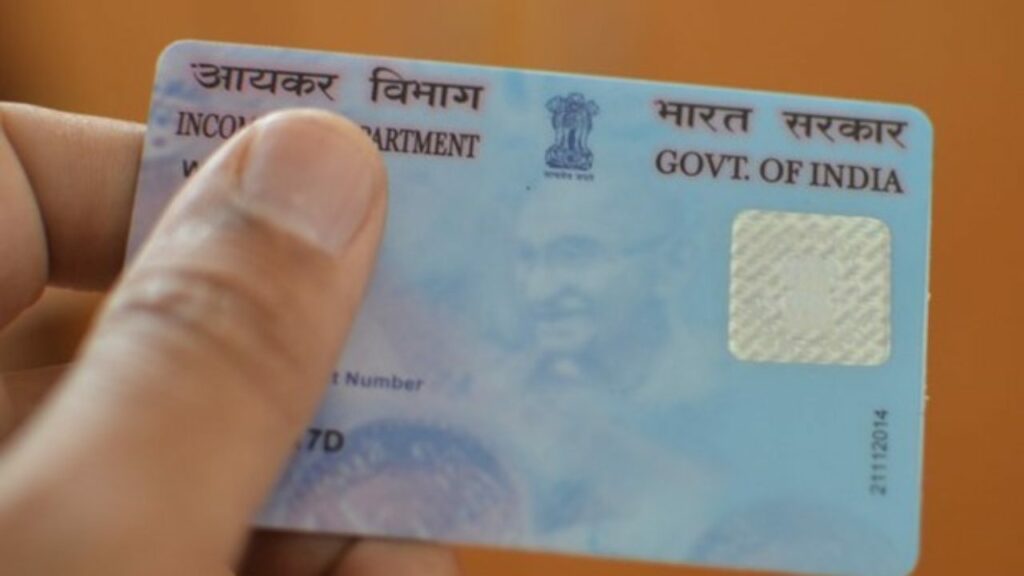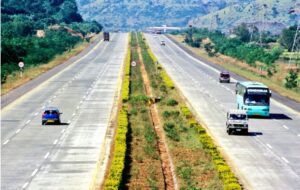The Namo Bharat train has made its debut in Delhi, marking a significant milestone in the development of the Delhi-Ghaziabad-Meerut RRTS (Regional Rapid Transit System) corridor. Trial runs have commenced on a 12-km stretch from Sahibabad to New Ashok Nagar, bringing the project one step closer to full operation.

Key Features of the New Section
- 12 km stretch connecting Sahibabad to New Ashok Nagar
- Includes two new RRTS stations: Anand Vihar and New Ashok Nagar
- Will reduce travel time between New Ashok Nagar and Meerut South to less than 40 minutes
Progress and Testing
The National Capital Region Transport Corporation (NCRTC) is overseeing comprehensive evaluations of the train’s performance, including:
- Civil structure compatibility checks
- Integration with tracks, signaling, and Platform Screen Doors (PSDs)
- Coordination with overhead power supply systems
- High-speed tests planned for the coming months
Anand Vihar: A Major Transit Hub
Anand Vihar RRTS station is set to become a bustling commuter center, offering connections to:
- Two Metro lines
- A railway station
- Two Inter-State Bus Terminals (ISBTs)
New Ashok Nagar Station: Enhancing Connectivity
- Located near New Ashok Nagar Metro Station
- Footbridge connecting RRTS and Metro stations
- Additional footbridges to improve accessibility for local residents
Current Operations and Future Expansion
- 42 km stretch currently operational from Sahibabad to Meerut South
- Nine stations currently served
- Expansion to 54 km and 11 stations with the new Delhi section
Delhi Section Development
- Three stations in Delhi: New Ashok Nagar, Anand Vihar, and Sarai Kale Khan
- Construction in final stages for New Ashok Nagar to Sarai Kale Khan section
- Jungpura station and stabling yard to be developed later
Project Timeline and Impact
- Full 82 km corridor targeted for completion by June 2025
- Will reduce Delhi-Meerut travel time to less than an hour
- Significant improvement in regional connectivity and commuter experience
Conclusion
The entry of Namo Bharat trains into Delhi represents a major step forward in the development of the RRTS corridor. As the project progresses, it promises to revolutionize regional travel, offering faster, more efficient connections between Delhi, Ghaziabad, and Meerut.













